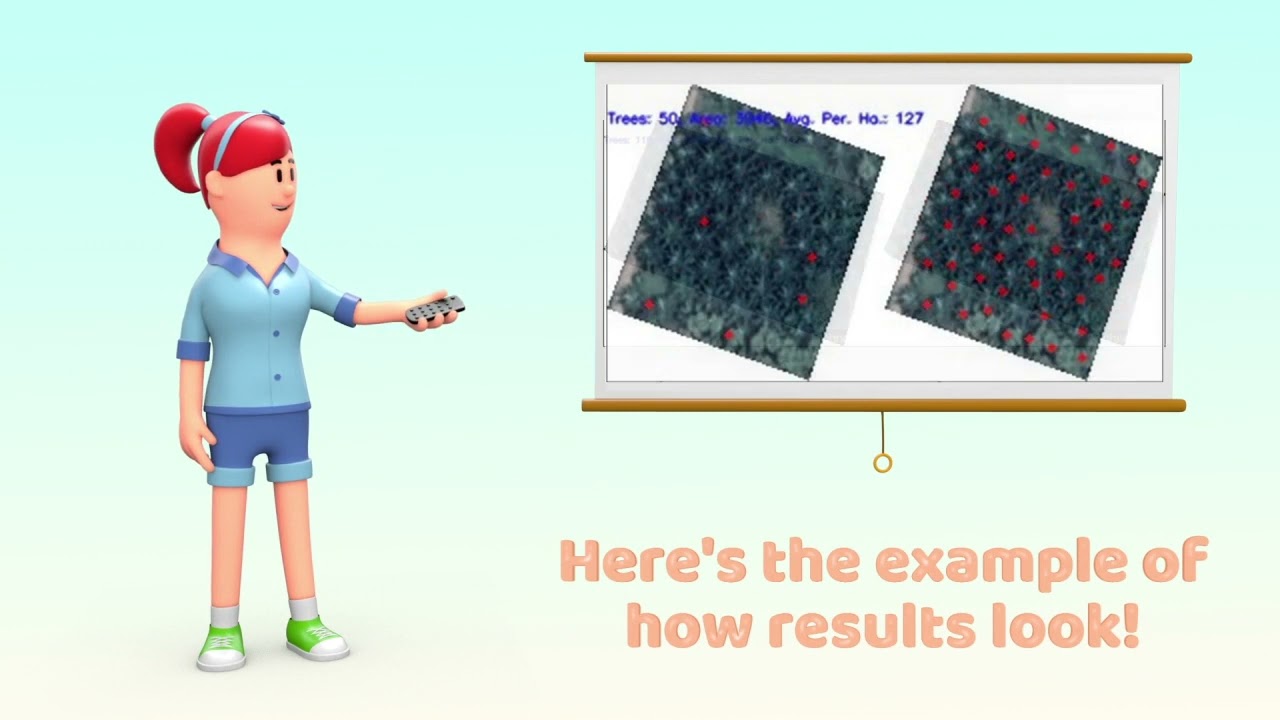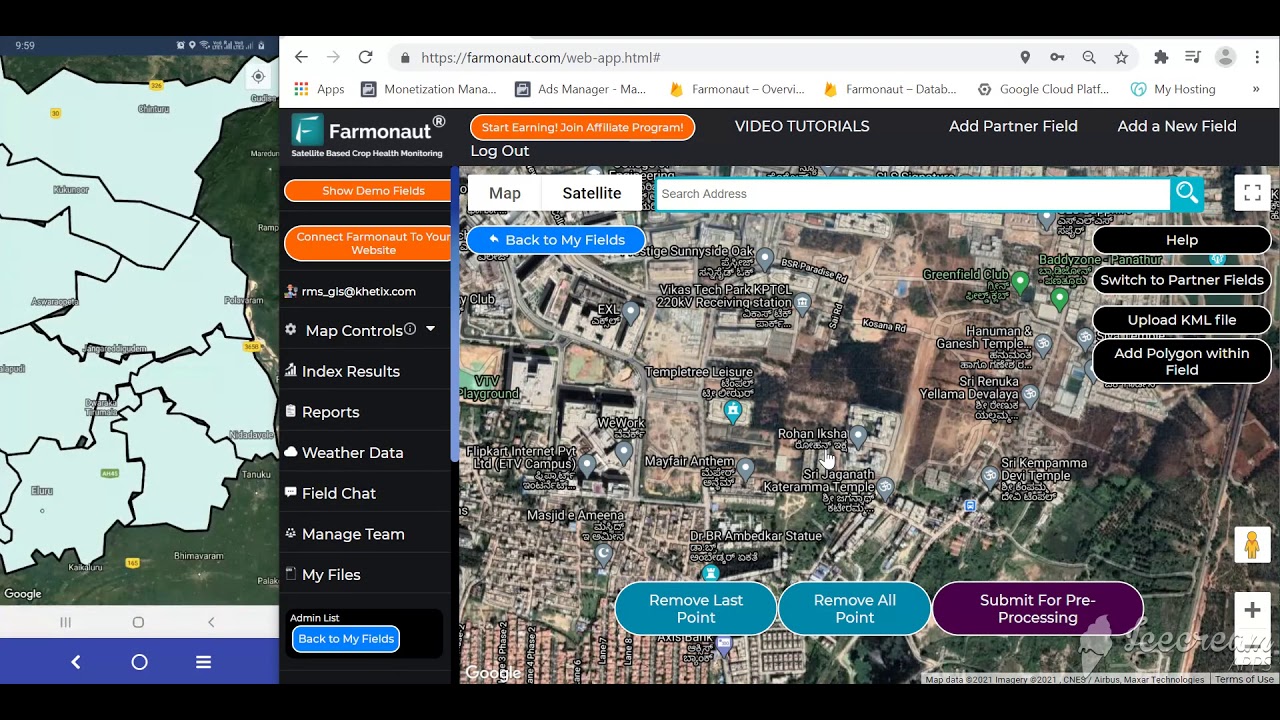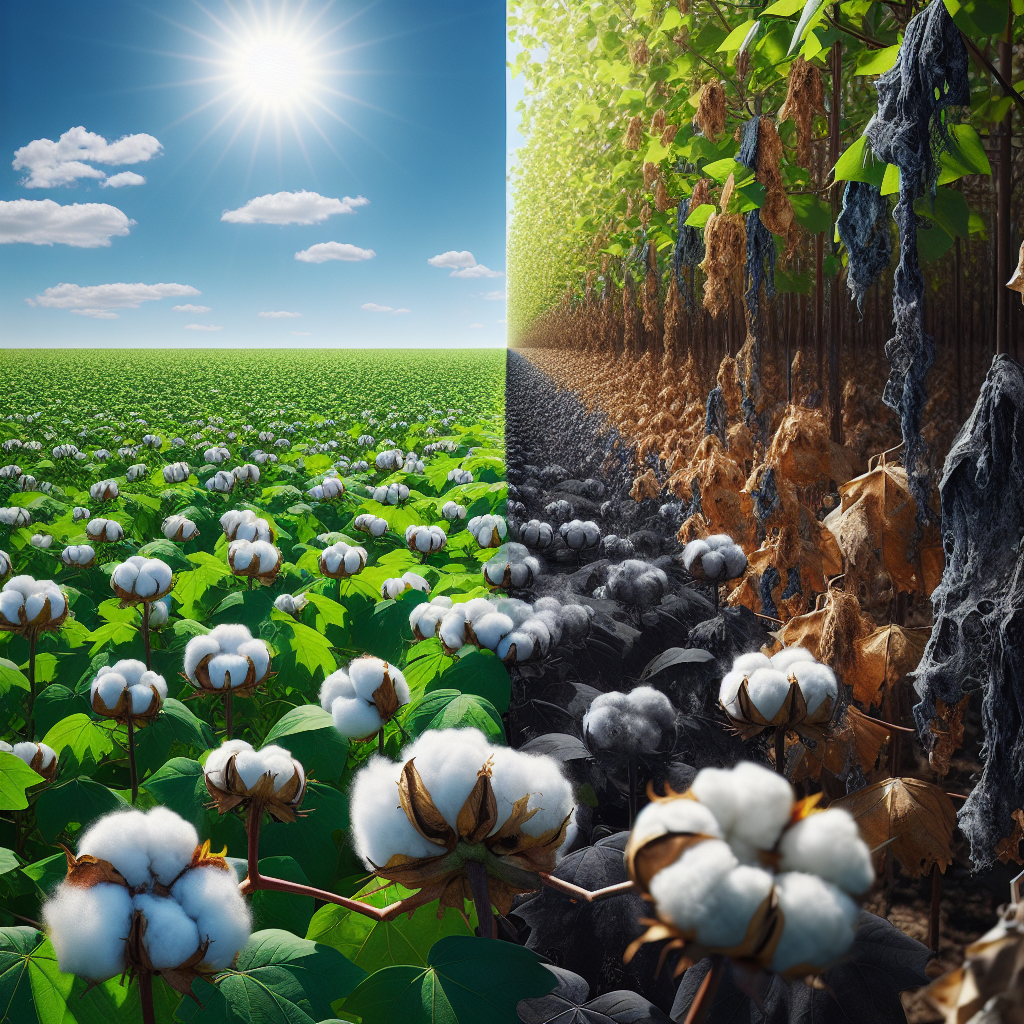Pygmy Palm, Lady Palm Tree, Cycas & Cycad Palm Uses: The Unique Significance and Applications in Modern Agriculture and Forestry (2025-2026 Guide)
Pygmy palm, lady palm tree, cycas palm, and cycad palm are reshaping modern agriculture, forestry, and landscaping as we move toward 2026 and beyond. With their remarkable adaptability, ecological value, and ornamental importance, these species are more than just eye-catching additions—they are strategic contributors to soil conservation, enhanced biodiversity, and sustainable land management. In this comprehensive guide, we will explore each species in depth, discuss their uses, impact on soil and ecosystems, economic roles, and integration into innovative agroforestry systems, and show how technology—such as solutions from Farmonaut—can optimize their management for sustainable agriculture of the future.
“Pygmy palms can increase soil organic carbon by up to 18% in sustainable agroforestry systems.”
Overview of Pygmy Palm, Lady Palm Tree, Cycas & Cycad Palm Species
Understanding the unique roles and significance of pygmy palm, lady palm tree, cycas palm, and cycad palm in modern agroforestry, agriculture, and landscaping begins with recognizing their adaptability, growth conditions, and ecological benefits. Let’s break down each species, their key attributes, and what makes them indispensable for farmers, foresters, and land managers in 2026 and beyond.
Pygmy Palm (Rhapis excelsa)
- Botanical Highlights: Rhapis excelsa—known as the pygmy palm and sometimes confused with lady palm due to similarities—originates from Southeast Asia and is revered for its compact size, slow growth, and tolerance to varied light conditions.
- Ornamental & Functional Role: Its lush, dark green, fan-shaped leaves make it a popular choice for both indoor and outdoor landscaping. The slow, steady growth and non-invasive root structure are ideal for controlled environments (pots, greenhouses, urban farms) and areas with space or resource constraints.
- Soil & Ecological Contribution: Has a moderate to high impact on soil conservation due to dense foliage and clustered stems providing ground cover. Pygmy palm increases soil organic carbon, promoting soil fertility and health.
Lady Palm Tree (Rhapis excelsa)
- Botanical Facts: The lady palm tree shares its Latin name with pygmy palm (Rhapis excelsa) because they’re often grouped botanically; identification can vary slightly with cultivar and plant sourcing.
- Ground Protection: Lady palm trees are valued for their dense, elegant, fanlike leaves, which furnish excellent ground cover. This feature is instrumental in soil protection and erosion prevention—especially in tropical, subtropical, and high rainfall areas.
- Agroforestry Utility: The dense leaf structure reduces washout from heavy rains and plays a pivotal role in buffer zones, mixed plantations, and agroforestry systems.
Cycas Palm (Cycas revoluta)
- Not a True Palm: The cycas palm or “sago palm” (Cycas revoluta) is a cycad, ancient gymnosperms that predate dinosaur eras and are frequently mistaken for true palms due to similar foliage.
- Nitrogen Fixation Impact: One of the most valuable features of cycas palms is their nitrogen-fixing capability. Through a relationship with cyanobacteria in their root nodules, cycas improve soil fertility, especially in degraded or poor soils where agriculture can be extremely challenging.
- Restoration & Landscape Use: Cycas are widely prized for their drought resistance, unique form, and use in landscape restoration projects, especially where soil and land degradation is an issue.
Cycad Palms (General Term for Cycad Species)
- Ancient Resilience: Cycads represent a fossil record stretching back over 200 million years. These species thrive in marginal and nutrient-poor environments, making them valuable for ecosystem restoration, conservation, and biodiversity enhancement.
- Biodiversity Pillars: With slow, yet steady growth and adaptation to a range of conditions, cycads support diverse animal and plant relationships, especially in reforested or degraded landscapes.
Comparison Table: Pygmy Palm, Lady Palm, & Cycas Palm — Uses, Ecological Benefits, and Applications
This table offers a direct look at how each palm species—pygmy palm, lady palm tree, and cycas/cycad palm—contributes to soil improvement, biodiversity, and sustainable agroforestry in modern agricultural systems (2025-2026 and beyond).
| Palm Species | Botanical Description | Primary Uses in Agroforestry | Estimated Soil Improvement (%) | Benefits for Biodiversity | Sustainability Score (1-5) |
|---|---|---|---|---|---|
| Pygmy Palm (Rhapis excelsa) |
Compact, clustering palm; Slow growth; Fan-shaped leaves; Height: 1–3m. |
|
≈ 18% | Moderate—ground cover supports microhabitats and soil biota. | 4.0 |
| Lady Palm Tree (Rhapis excelsa) |
Dense, bushy palm; Multiple stems; Fine fan leaves; Height: 1.5–4m. |
|
≈ 15% | High—dense foliage increases habitat and ecosystem complexity. | 4.3 |
| Cycas/Cycad Palm (Cycas revoluta & Cycad spp.) |
Ancient, palm-like gymnosperm; Tough, feathered leaves; Height: 1–6m depending on species. |
|
≈ 22% | Very High—contributes to 30%+ higher biodiversity indices in restored landscapes. | 4.8 |
Soil Health and Conservation: The Power of Palms
One of the main advantages of integrating pygmy palm, lady palm tree, cycas palm, and cycad palm species into modern farming and forestry systems is their ability to improve soil health, improve fertility, and reduce erosion. In 2026, as changing climate patterns increase risks of degradation and nutrient loss, these palms provide essential, natural services for sustainable land management.
How Palms Enhance Soil & Reduce Erosion
- Root Network Stabilization: The intertwined and fibrous root systems of pygmy and lady palms bind soil particles together, which is crucial for reducing runoff and preventing erosion on farms, plantations, and hillsides.
- Organic Matter Accumulation: The leaf litter from palms increases organic matter in the topsoil, thereby improving soil structure and water retention.
- Soil Organic Carbon Boost: Studies indicate that pygmy palm plantations may increase soil organic carbon by up to 18%, and cycad palms even more so due to deeper root stratification and nutrient cycling.
Palms as Natural Agroforestry Buffers
- In tropical and subtropical climates, where rainfall intensity is high, lady palm trees especially are used as natural buffers in agroforestry and permaculture systems to reduce topsoil washout and wind erosion.
- Their dense, ground-hugging foliage also creates microclimates, moderates soil temperature, and reduces water evaporation.
With Farmonaut’s app, land managers can remotely monitor soil health, detect erosion risks, and track changes in land cover on plantations featuring pygmy palm, lady palm tree, cycas palm, and cycad palm—ensuring ongoing sustainability and optimal management.
“Cycad species contribute to over 30% higher biodiversity indexes in innovative landscape restoration projects.”
Boosting Biodiversity & Ecosystems with Cycad Palms in Modern Landscapes
?ycad palms—especially cycas palm (Cycas revoluta) and other cycads—are celebrated for their foundational ecological role in sustainable agriculture and ecosystem restoration projects. Their ancient evolutionary lineage and slow yet resilient growth patterns hold the key to biodiversity improvement and long-term sustainability.
Key Ecological Applications & Benefits
- Wildlife Habitat Creation: Dense, structural foliage offers shelter and breeding sites for pollinators, birds, and beneficial insects that are essential for healthy agricultural and forestry systems.
- Biodiversity Restoration: Scientific studies confirm that modern restoration projects incorporating cycads report 30%+ higher biodiversity indices compared to monocultures or systems lacking them.
- Support for Microbial Soil Communities: Cycad roots, especially when in symbiosis with cyanobacteria, enrich soil microbiota crucial for crop rotations and healthy food webs.
- Drought and Poor Soil Tolerance: Enables cycads to occupy ecological niches inhospitable to other species, providing “islands” of restored productivity in severely degraded lands.
Ornamental & Economic Value in Agriculture & Horticulture
Besides their environmental benefits, the pygmy palm, lady palm tree, cycas palm, and cycad palm species enjoy continued popularity and economic demand in the nursery, landscaping, and ornamental horticulture sectors. As urban green spaces and sustainable tourism expand, these palms keep adding value—a trend expected to become more pronounced by 2026.
Use Cases: Ornamental, Landscaping, and Economic
- Urban Landscaping & Greening: Their compact size and aesthetic appeal make pygmy and lady palm trees the mainstay for urban gardens, green roofs, corporate campuses, and public spaces.
- Agro-Tourism Destinations: Many landscape architects and farm tourism operators now incorporate these palms to attract visitors, preserve regional identity, and provide shade and microclimates.
- Plant Nurseries & Export: Consistent global demand, due to adaptability across continents, ensures a steady economic value stream for rural growers and international exporters.
Indirect Economic Benefits in Agriculture
- Enhancing Companion Crop Yield: Cycas palms improve soil nitrogen, benefiting crops like coffee, shade vegetables, and specialty herbs when grown in integrated agroforestry systems.
- Reduction of Inputs: Use of these species may lower synthetic fertilizer needs, reducing costs and increasing profitability.
Innovation, Sustainable Agroforestry & Climate Resilience: The Role of Palms in 2026 and Beyond
As the climate crisis intensifies, the role of pygmy palm, lady palm tree, cycas palm, and cycad palm in sustainable agroforestry and climate adaptation strategies becomes ever more critical. Their resilience to harsh conditions, ability to recover degraded lands, and synergy in integrated agroforestry systems make them top choices for the future of sustainable agriculture.
Key Sustainable Agroforestry Applications
- Climate-Adaptive Plantations: Integration of cycad palms and cycas palm on marginal lands has shown to yield restoration success due to their tolerance to drought and nutrient-poor soils, as well as their ecosystem services for biodiversity and carbon capture.
- Mixed Cropping: These palms create microclimates—vital for protecting shade-loving crops and promoting understory diversity.
- Pioneering Restoration Projects: Cycads often lead restorative planting in degraded and post-industrial lands, setting the foundation for more complex, native-dominant ecological systems.
- Carbon Footprinting & Tracking: With satellite-driven tools, like Farmonaut’s Carbon Footprinting solution (learn more about carbon footprint tracking here), farmers and agronomists can quantify the carbon sequestration impacts of palm plantations—helping meet ESG and regulatory targets for 2026 and beyond.
- Traceability & Sustainability: For plantations and nurseries, Farmonaut’s blockchain-based Product Traceability module (explore traceability tools) brings transparency and authenticity to supply chains—key for export and eco-labeling.
- Remote Fleet and Plantation Management: Using satellite-enabled fleet management features from Farmonaut (fleet management details), farmers can optimize logistics, ensure timely irrigation, and reduce carbon footprint for larger palm and cycad plantations.
- Agroforestry Advisory: Get specific recommendations for plantation design, maintenance, and ecosystem integration via Farmonaut’s crop plantation and forest advisory tools (more on agroforestry advisory).
Farmonaut: Satellite-Driven Solutions for Smart Palm & Plantation Management
At Farmonaut, we understand the unique challenges and diverse opportunities in managing palms, cycads, and modern agroforestry systems. Our satellite technology platform enables:
- Real-time Monitoring: Use multi-spectral satellite imagery to visualize palm plantations, detect stress, monitor soil conditions, and plan interventions all via our apps, web dashboards, and APIs.
- AI-Based Agro-Advisory: With Jeevn AI, receive custom alerts for weather, crop health, and actionable recommendations for palm and cycad species—even at large scales.
- Environmental Impact Tracking: Carbon, biodiversity, and health metrics—generated via satellite—guide users towards sustainable, profitable land management strategies.
Developers: Integrate remote palm and plantation monitoring into your own platforms using our publicly available API (explore our API) and check our developer documentation for custom implementations.
Challenges, Propagation, & Future Trends for Palms in Agriculture and Forestry
While the potential and proven benefits of integrating pygmy palm, lady palm tree, cycas palm, and cycad palm are considerable, several challenges and future opportunities shape their uptake as we head into 2026:
-
Slow Growth Rate: Particularly for cycads and some pygmy/lady palms, reaching maturity can take years—necessitating patience, long-term planning, and sustained management.
Solution: Use of advanced propagation techniques, tissue culture, and improved nursery practices can help deliver more uniform, disease-resistant plants at scale. -
Pest and Disease Vulnerability: In monoculture plantations, these palms may face heightened pest pressure (e.g., scale insects).
Mitigation: Integrated pest management, companion planting, and regular remote monitoring (via services like Farmonaut) are essential. -
Genetic Diversity Conservation: As demand increases, there is a risk of overharvesting wild genetic stock.
Sustainable Approach: Focus on propagation from tissue cultures, micropropagation, and conservation of wild cycads. - Climate Change Pressures: Drought, heatwaves, and erratic rainfall in 2026+ will test the resilience of all plant species—making the drought-proof, hardy nature of cycads more valuable, but requiring informed species selection in each landscape.
- Policy and Market Dynamics: As global policies and consumer demand shift toward certified sustainability, traceability, verifiable environmental footprinting (Farmonaut’s Carbon Footprinting tools explained) and evidence of regenerative practices become central.
Looking Ahead
By 2026 and beyond, the convergence of advanced satellite monitoring, AI-driven agronomic advice, and sustainable palm/plantation management practices will empower farmers, foresters, and urban landscape designers to meet both environmental and economic goals—making palms an anchor for sustainable agroforestry systems worldwide.
Frequently Asked Questions (FAQ): Pygmy Palm, Lady Palm, Cycas & Cycad Palm
- What are the main differences between pygmy palm, lady palm tree, and cycas palm?
Pygmy and lady palm trees are both Rhapis excelsa, valued for compactness and ground cover. Cycas palm (Cycas revoluta) is a cycad, not a true palm, prized for nitrogen fixation and resilience. - How do these palms help improve soil quality?
Pygmy and lady palms prevent erosion and add organic matter; cycas/cycad palms enrich soil via nitrogen fixation in partnership with cyanobacteria. - Are these palms suitable for drought-prone or degraded lands?
Cycad palms and cycas palm are highly resilient and thrive in arid, nutrient-poor, or otherwise degraded lands; pygmy and lady palms perform well in subtropical/tropical areas with supplemental water. - Can these palms be integrated into agroforestry systems?
Absolutely. All these species are well-suited for intercropping, permaculture, and restorative planting, providing shade, fertility, and ecological stability. - What role does technology—such as Farmonaut—play in managing palm plantations?
Satellite and AI-driven technology from Farmonaut provides real-time remote monitoring, ecosystem health assessment, carbon footprinting, traceability, and tailored agro-advisory services to optimize palm and cycad management. - Where can I learn about sustainable palm planting, ecosystem management, and large-scale monitoring?
You can explore Farmonaut’s large-scale farm management app and review publicly available video tutorials (see above) for best practices on monitoring and sustainable agroforestry.
Summary & Conclusion: The Ongoing Significance of Pygmy Palm, Lady Palm, Cycas Palm, and Cycad Palm
As agriculture and forestry continue evolving in response to new environmental challenges, pygmy palm, lady palm tree, cycas palm, and cycad palm stand out as sustainable, resilient, and multifunctional species. Their integration into agroforestry, ornamental horticulture, and landscape restoration projects delivers both ecological and economic benefits, including:
- Soil health improvements (reducing erosion, boosting carbon, raising organic matter);
- Biodiversity enhancement (supporting pollinators, wildlife, and richer soil communities);
- Resilience in the face of climate challenges (drought, poor soils, degraded lands);
- Ornamental and economic returns (landscaping, nursery trade, agro-tourism);
- Support for sustainable, technology-driven management solutions, such as those offered by Farmonaut.
For farmers, plantation managers, and restoration strategists seeking to future-proof their land and operations in 2026 and beyond, embracing these unique palm and cycad species—alongside innovative technology—will be critical in achieving sustainable growth, conservation, and ecosystem stewardship.


















